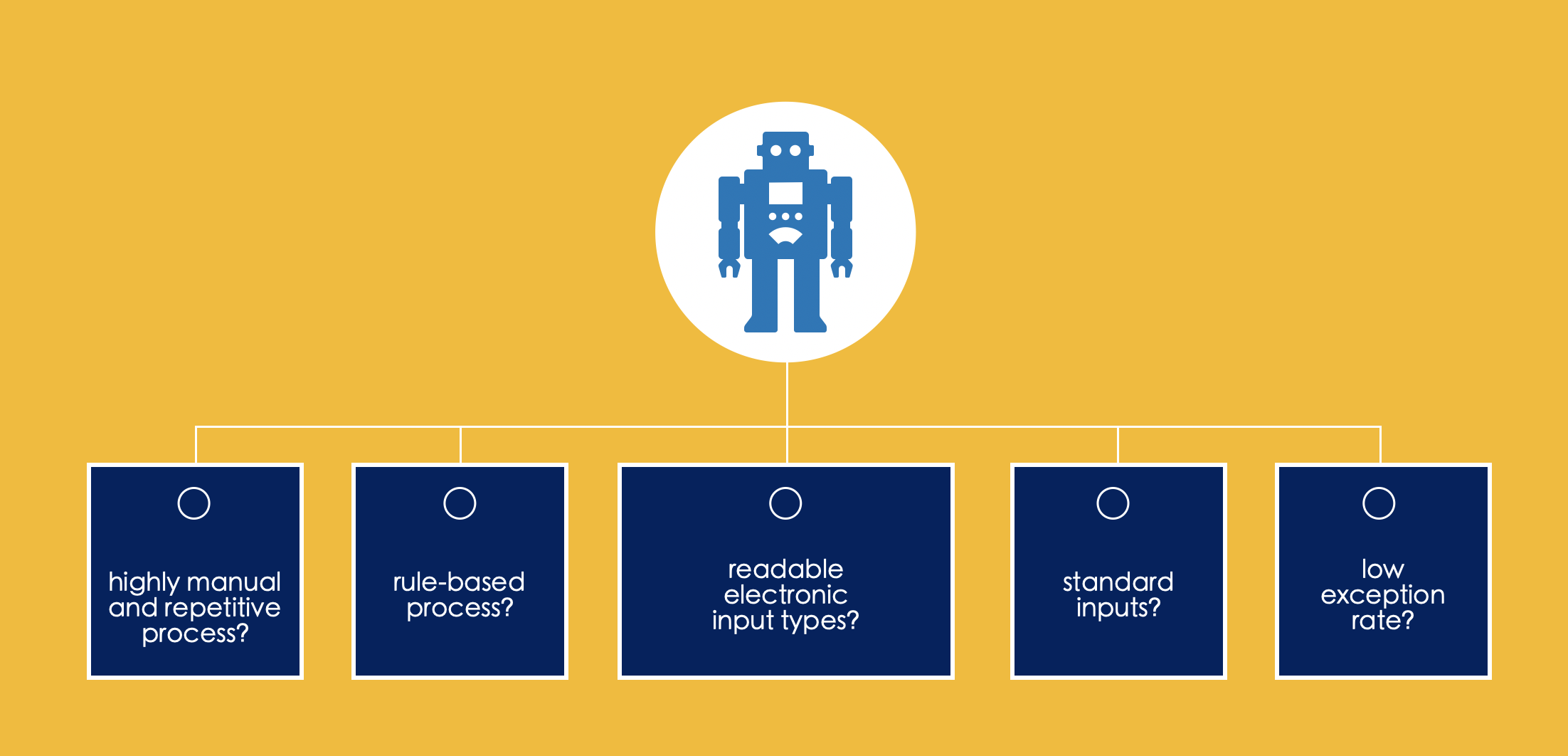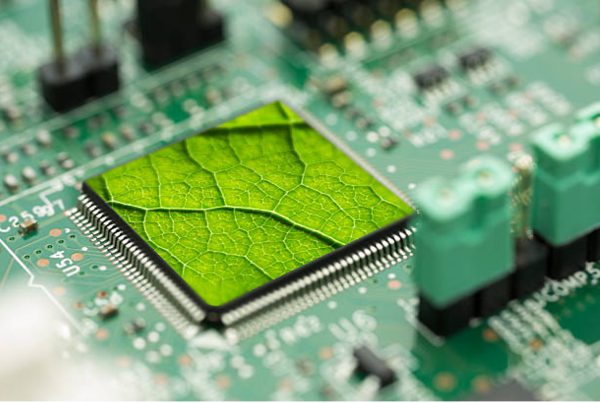In November 2019, Deloitte released the 25th installment of its annual report called “North America Technology Fast 500”. The report honors the fastest-growing companies in industries such as technology, media, telecommunications, life sciences, and energy tech. UiPath, a company that focuses on robotic process automation (RPA), topped the list with 37,458% growth rate from 2015 to 2018.
Given UiPath’s impressive year-on-year growth trajectory, it’s worth checking the company’s humble beginnings and how it is shaping the RPA industry.
Overview of UiPath
UiPath is a global software company founded in 2005 by Daniel Dines and Marius Tîrcă in Bucharest, Romania. Originally known as DeskOver, it was born as a startup focused on producing automation libraries and software development kits for business.
When one of their clients demonstrated how the tools and kits developed were utilized to automate processes, that is when the company realized that such opportunities exist in the market and started working on products for desktop automation (2013) and an enterprise platform for training and orchestrating software robots (2015).
Based on a report from Gartner, UiPath is the leading robotic process automation vendor that provides a complete software platform to help organizations automate business processes.
What is RPA
RPA stands for Robotic Process Automation (RPA) and the word ‘robotic’ in RPA can be quite misleading.
In RPA, there are no physical robots deployed.
Instead, there are “software robots” or bots that are installed on a PC, physical server, or a virtual machine. These bots are trained to mimic or emulate highly repetitive tasks that humans perform on their computers on a regular basis. They can be used to open programs and applications, perform keyboard or keystrokes and mouse actions, and execute others tasks.
But RPA is not for all types of processes that one wishes to automate. Tasks that are highly manual, repetitive, rule-based, and with low exceptions rate are ideal for RPA.
Why organizations adopt RPA
RPA aims to free humans of repetitive tasks and enable them to focus on tasks where they can leverage their core competencies such as decision making, managing and developing people, coming up with creative ideas, and empathizing with clients.
For a better illustration on how RPA transforms the future of work, let us take a look at how a software robot functions in an accounts payable (AP) scenario:
As can be seen from the example, technologies embedded in RPA such as OCR and workflow automation allow the robot to execute the various transaction steps that humans perform in AP-related tasks.
The OCR scans the document, identifies the invoice number, and cross-references it to the system to verify that it exists and is valid for processing. The workflow automation provides the visual representation of what the robots need to perform for payment processing.
A quick check on an accounts payable job posting will show that part of the responsibilities of an AP specialist / clerk is to perform daily financial transactions such as verification, classification, posting, and recording of accounts receivables and accounts payable data.
Because of the various manual steps that need to be undertaken, the task can take hours to perform most especially during high-volume season. This takes away the time that employees can spend with clients to strengthen business relationships or enhance their customer service orientation and negotiation skills.
RPA aims to eradicate the tedious, mundane, and repetitive tasks with software robots so humans can do high level of works related to creative and analytical thinking and people management – tasks where human’s core competencies lie and ones that could not be completed replaced by robots.












